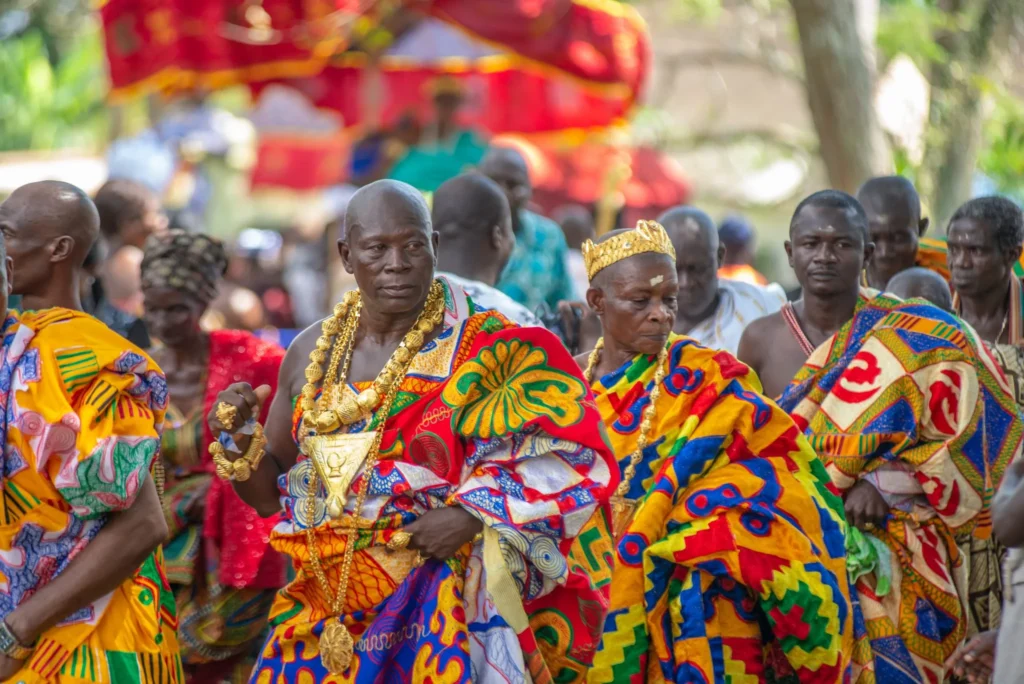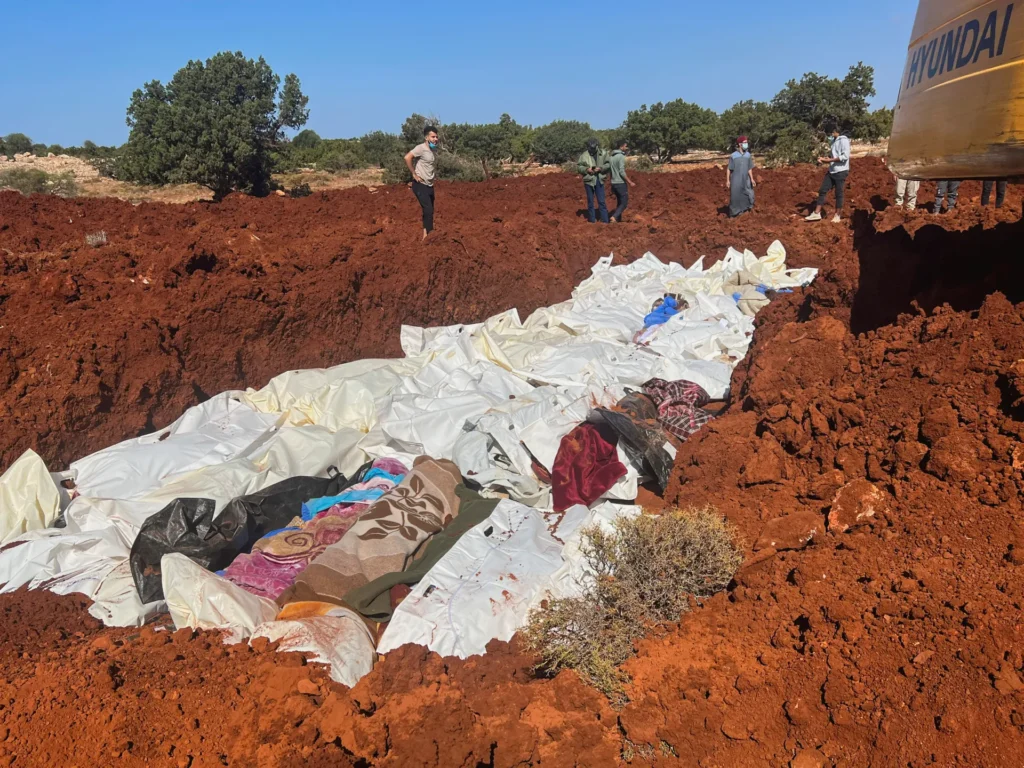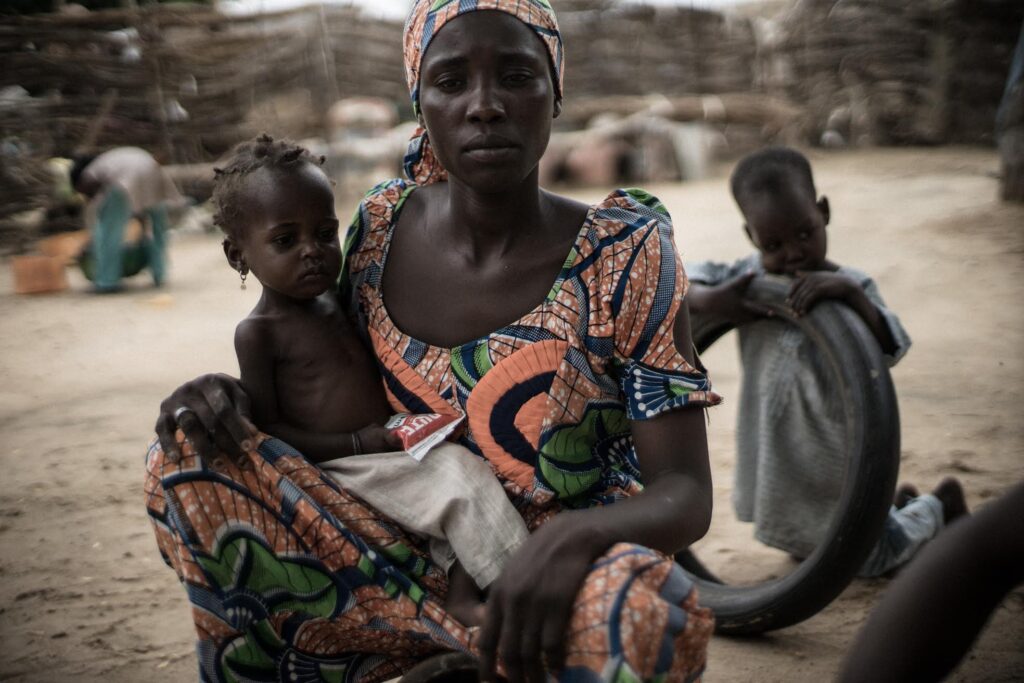
Africa’s vibrant and diverse cultures are vividly reflected in its traditional clothing, which varies widely across regions and ethnic groups. Each piece of attire tells a unique story of heritage, identity, and community, showcasing the continent’s rich cultural mosaic.
One of the most iconic examples is the kente cloth of Ghana. Renowned for its bright, colorful patterns, kente is traditionally handwoven on a loom and worn during significant cultural and religious ceremonies. The intricate designs and colors of the kente cloth hold deep symbolic meanings, often representing the wearer’s history, beliefs, and social status. Originating from the Ashanti and Ewe peoples, kente has transcended its traditional roots to become a symbol of African pride and identity globally.
In West Africa, the boubou stands out as a staple of elegance and versatility. This flowing, wide-sleeved robe is commonly worn by both men and women across countries like Senegal, Nigeria, and Mali. Made from rich fabrics such as silk and cotton, the boubou is often adorned with intricate embroidery. It serves as both everyday wear and formal attire, reflecting the adaptability and creativity of West African fashion.
Meanwhile, in East Africa, the Maasai shuka is a striking example of traditional clothing that embodies the identity of the Maasai people of Kenya and Tanzania. The shuka, a brightly colored, checked or striped fabric, is wrapped around the body and is an essential part of Maasai culture. It not only provides protection against the harsh weather conditions of the savannah but also signifies the bravery and strength of the Maasai warriors. The bold reds, blues, and blacks of the shuka are instantly recognizable and deeply rooted in Maasai traditions.
Other notable traditional garments across Africa include the dashiki from West Africa, a colorful, loose-fitting shirt often worn during celebrations and social gatherings, and the kaftan, a long, flowing robe popular in North and West Africa. In Southern Africa, the Ndebele blankets and beaded attire of the Ndebele people of South Africa and Zimbabwe are famous for their geometric patterns and vibrant colors.
Each piece of traditional clothing is more than just fabric; it is a representation of cultural identity, social structure, and historical continuity. As African societies evolve, these traditional garments continue to inspire contemporary fashion, blending the old with the new while preserving the continent’s rich heritage.
In a world that is increasingly interconnected, African traditional clothing stands as a testament to the continent’s cultural diversity and the enduring significance of its ancestral traditions. Whether worn during festivals, ceremonies, or daily life, these garments continue to tell the stories of the people who make and wear them, celebrating Africa’s vibrant and multifaceted cultural landscape.




